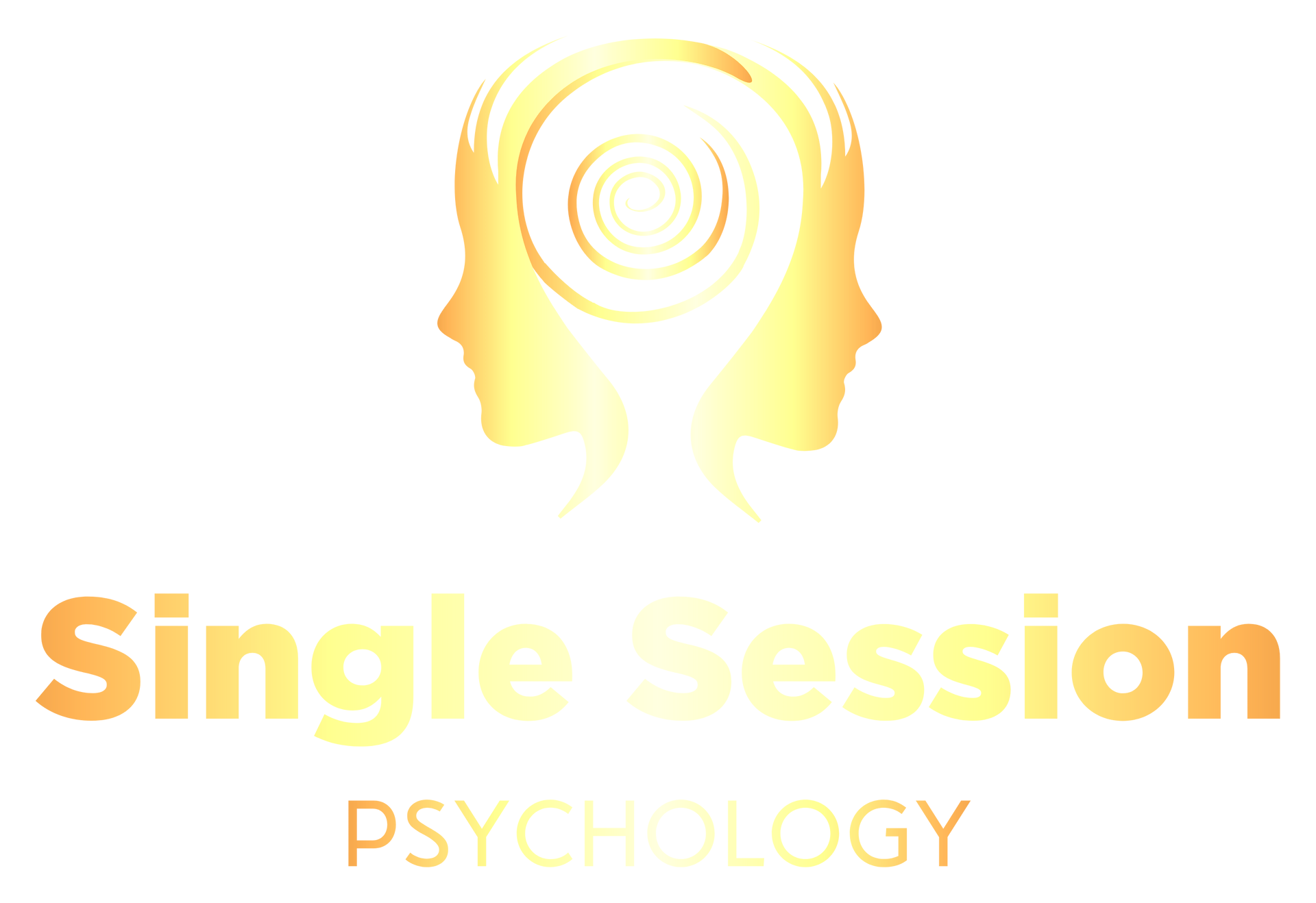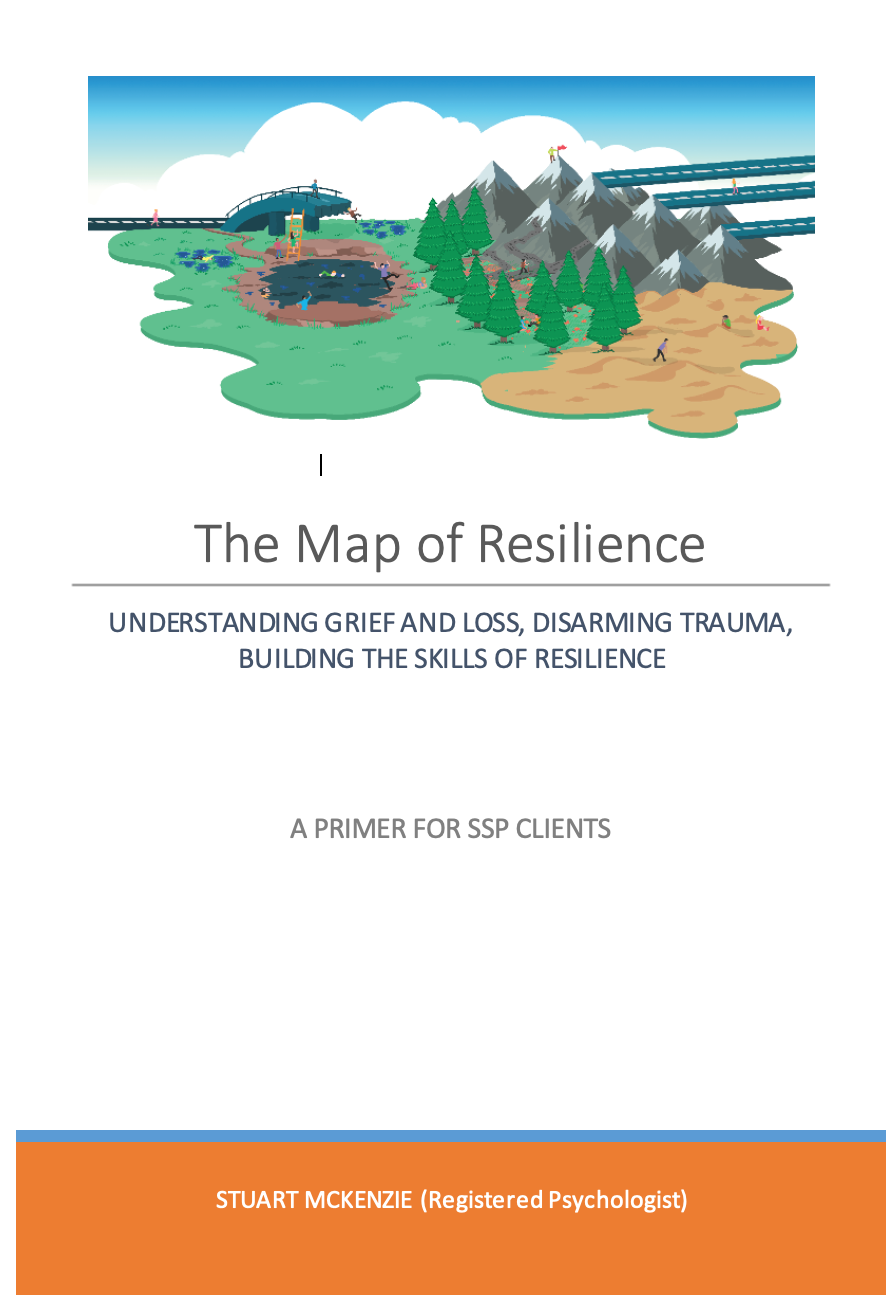Building Resilience
In our role as a psychologists working with clients who have presented with a range of difficulties including, anxiety, depression, PTSD, and chronic pain to name a few, we have realised the prevalence of unresolved, or stuck/frozen grief.
It is this unrecognised grief that when addressed becomes the key to unlocking resilience, the healing of trauma and the development of wellbeing.
It is our belief that trauma, including PTSD, is inextricably linked to grief and loss. When we say that, we mean, that if we pay attention to, and honour our grief in the wake of a tragic event or significant loss then we are less likely to develop the symptoms of trauma.
The Map is a simple, easy to remember picture that explains complex psychological processes everyone goes through during life. The Map is a unique approach to understanding life, trauma, resilience, and grief and loss.
The Map presents a visual guide to the journey of our lives and provides us with an opportunity to realise connections between our actions, thoughts, feelings, and beliefs. To understand the stories that we tell ourselves and others. To discover where we might have some stuck energy in various places on the map. And to understanding the journey and the process of change. Credit to Roslyn Synder (clinical psychologist) Perth, WA for the original map idea . https://wisdominyourlife.com.au/
The Map of Resilience
Now that you have watched the video. Have a flick through the slide show below to reinforce your learning.
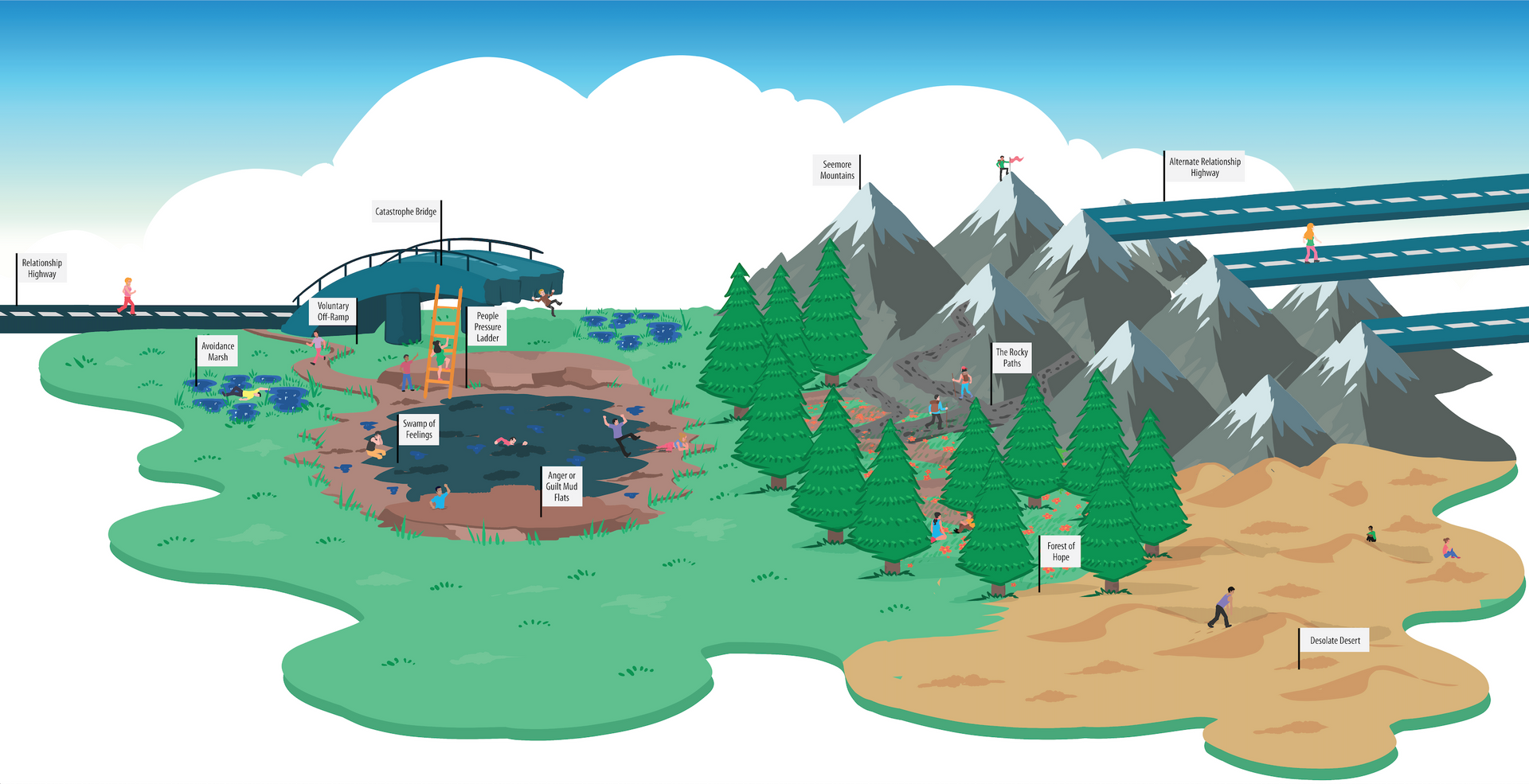
Slide title
THE MAP OF RESILIENCE
The Journey of our Lives
Click on the right hand side arrow to follow the road to resilience where complex psychological processes we all go through in life are explained.
Button-
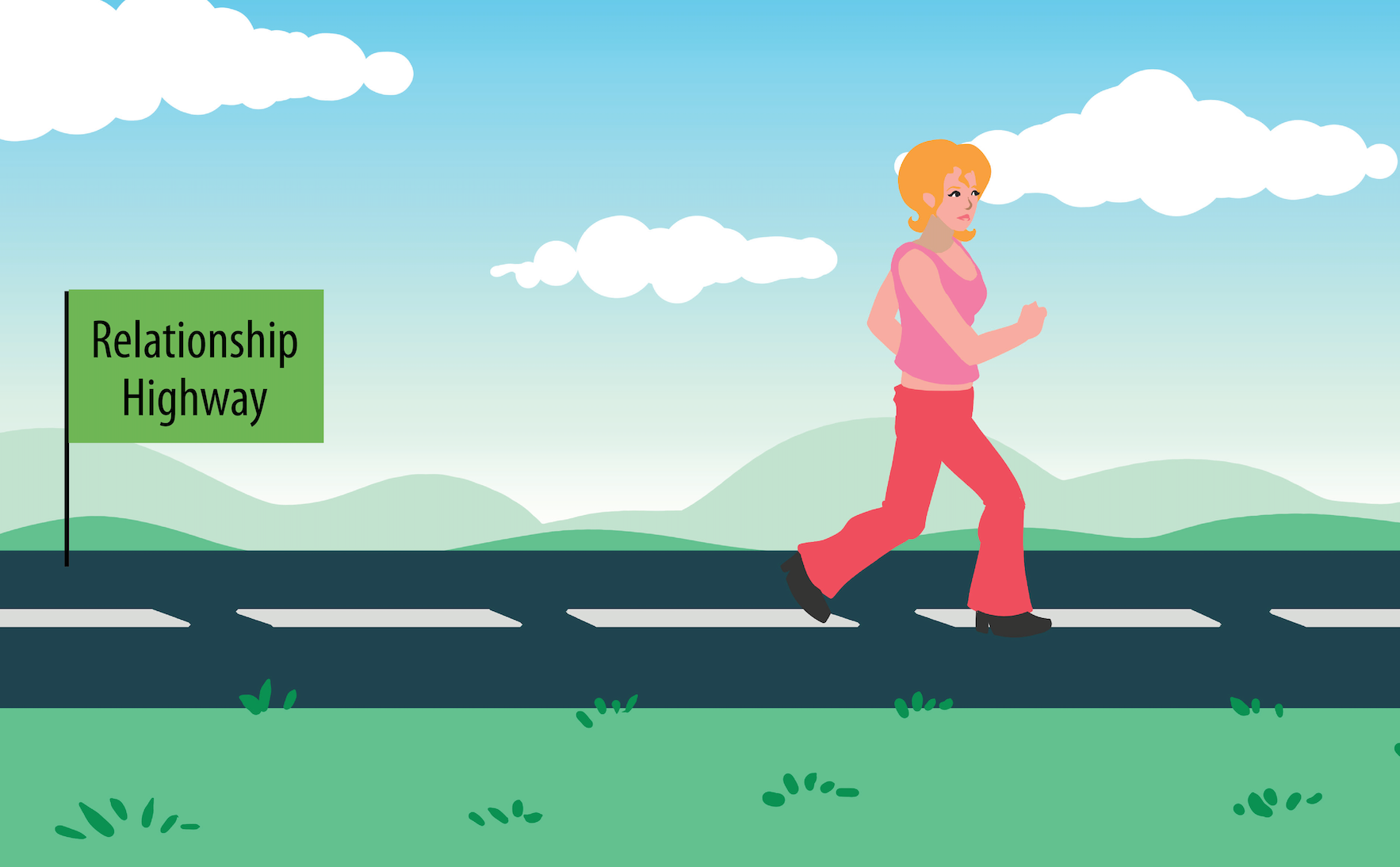
Slide title
We have many relationships in our lives. Relationships with our partner, family, friends, living things (pets), non-living things (houses, businesses or cars) and our own bodies, thoughts, feelings and beliefs
Button 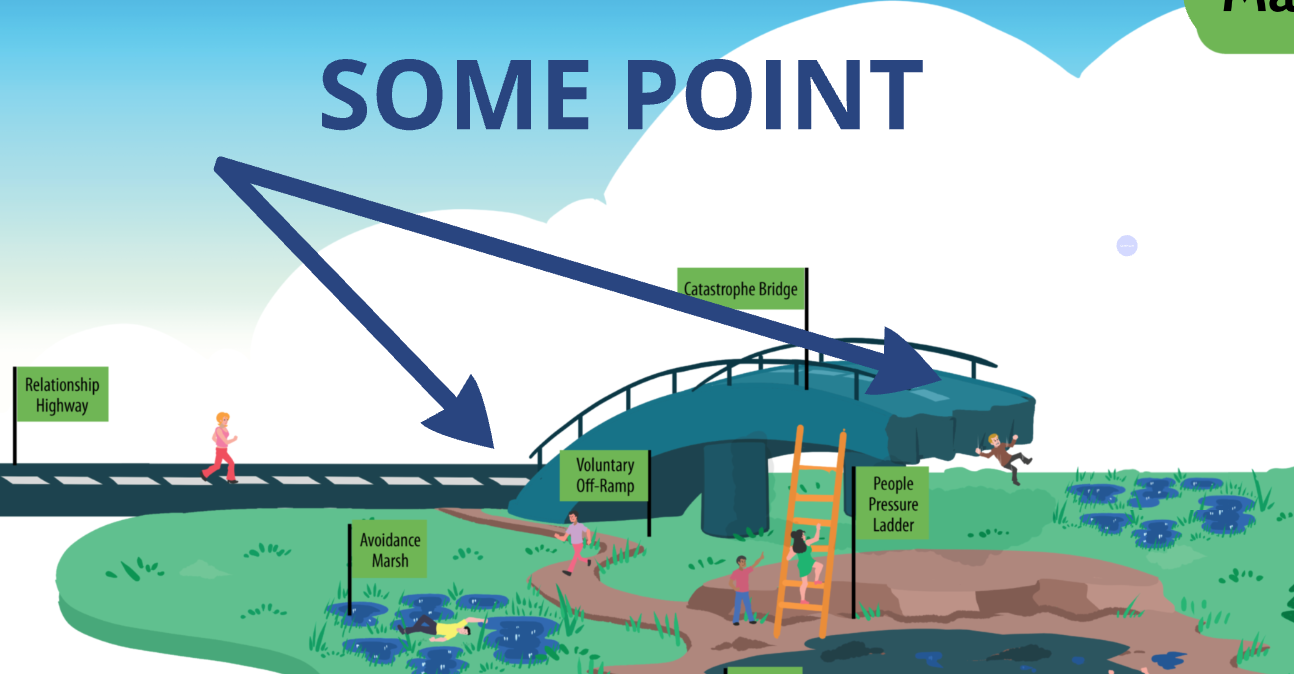
Slide title
At 'some point' these relationships will change, either gradually or catastrophically
Button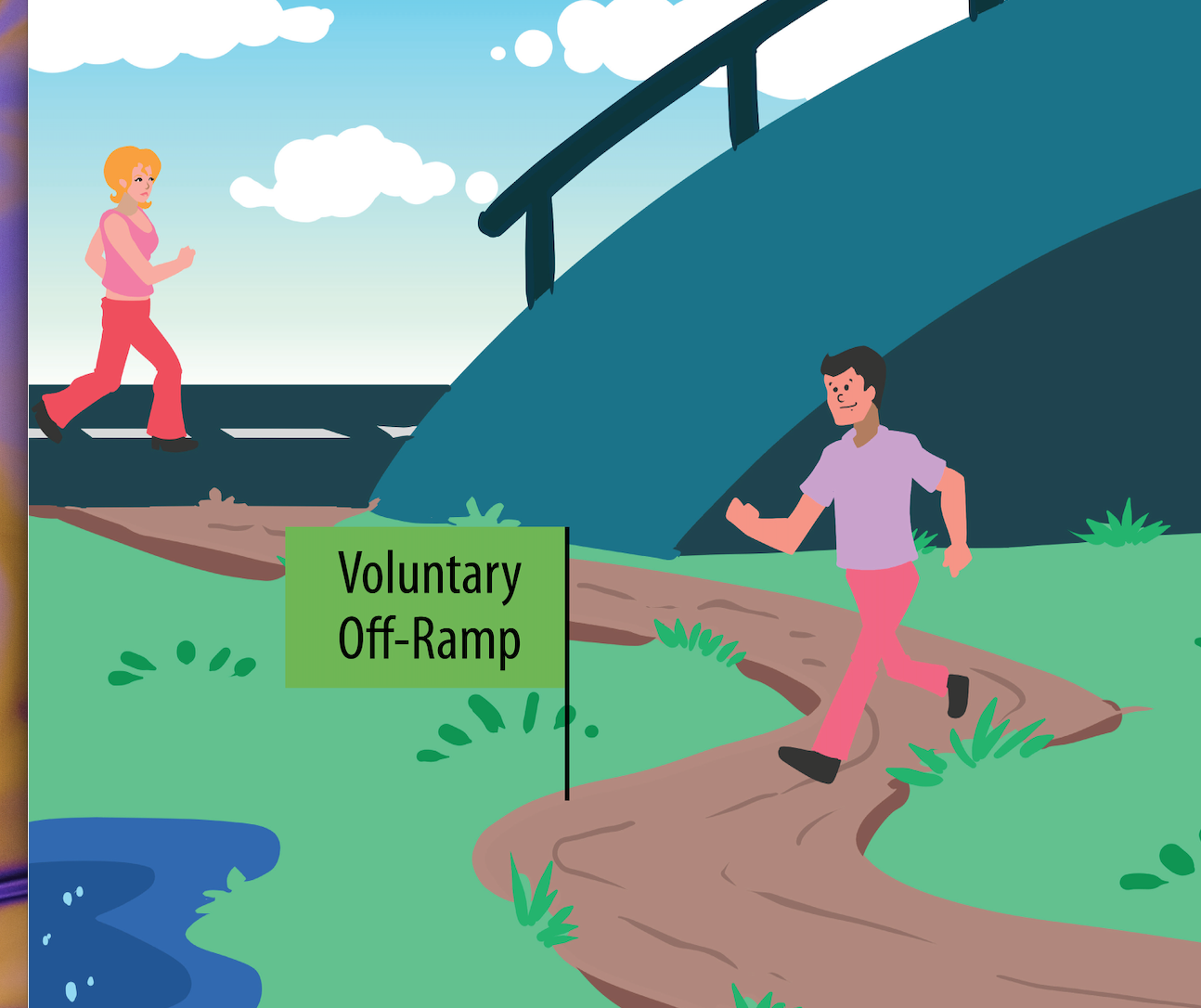
If a relationship changes slowly, we take the voluntary off ramp. e.g. deciding together to end a marriage, a slowly unfolding terminal illness, or growing out of childish obsessions. If we take the voluntary off ramp, the swamp of feelings is like a shallow puddle we splash through.
Button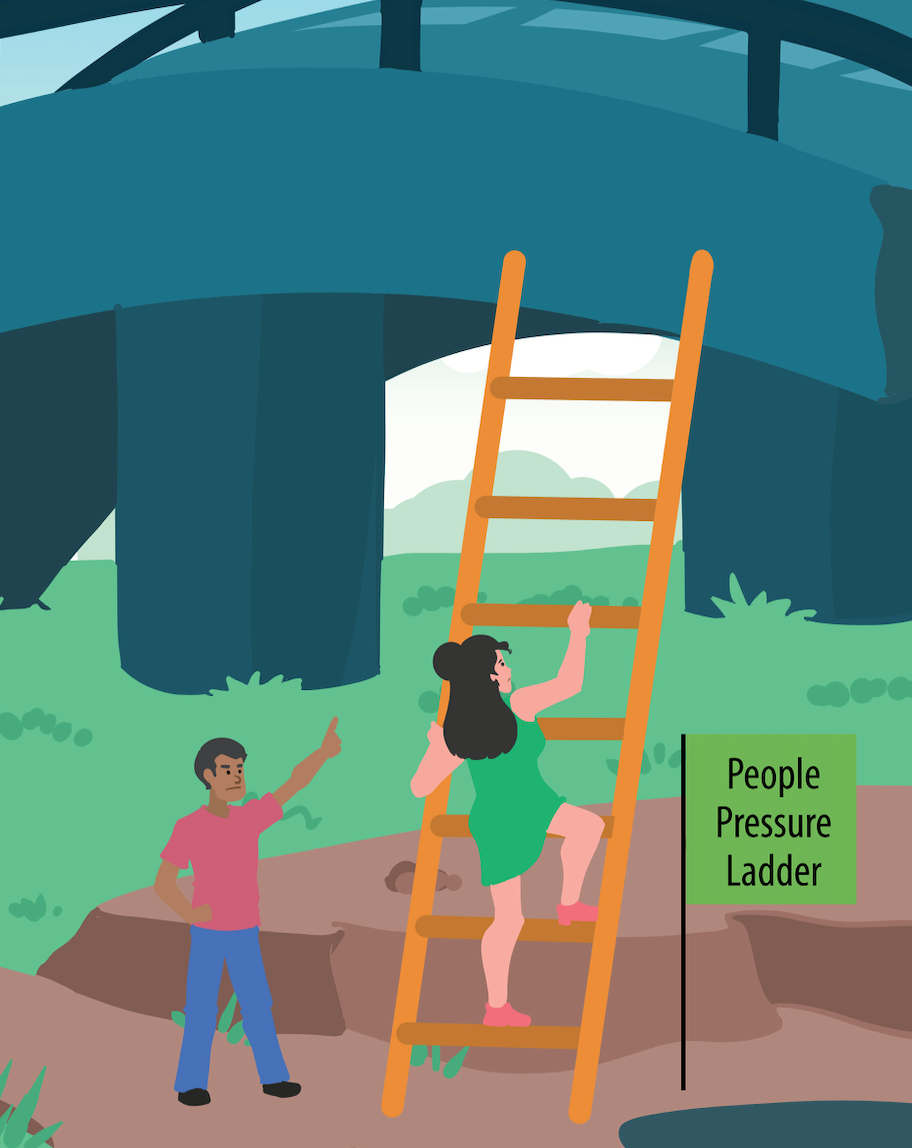
Slide title
Sometime there is pressure for us to stay in a relationship, or to continue with a career path, that is not right for us. So we are pushed back up the ladder, back onto a relationship highway that is headed for catastrophe
Button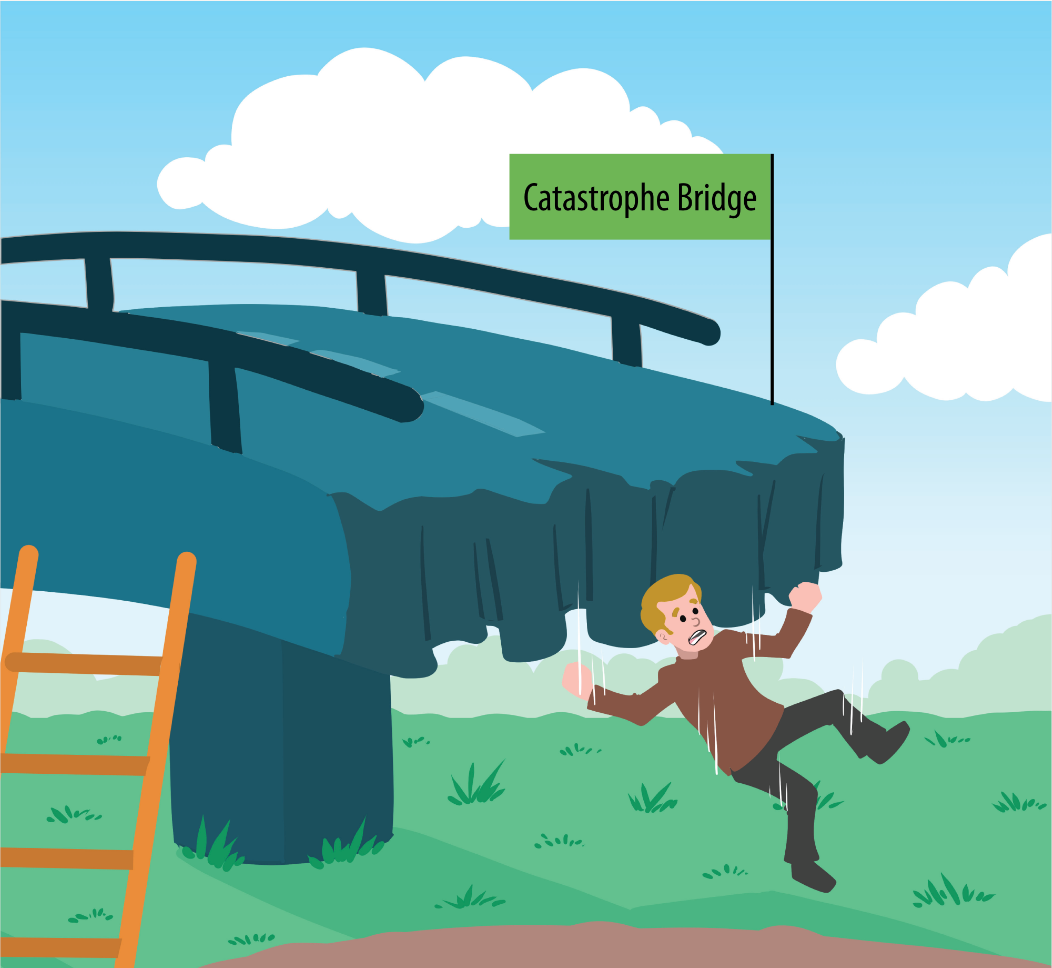
Sometimes relationships can change catastrophically. Break ups, accidents, injury, illness, death, messy divorce, bankruptcy, or natural disasters can hit us hard and throw us into a swamp of feelings.
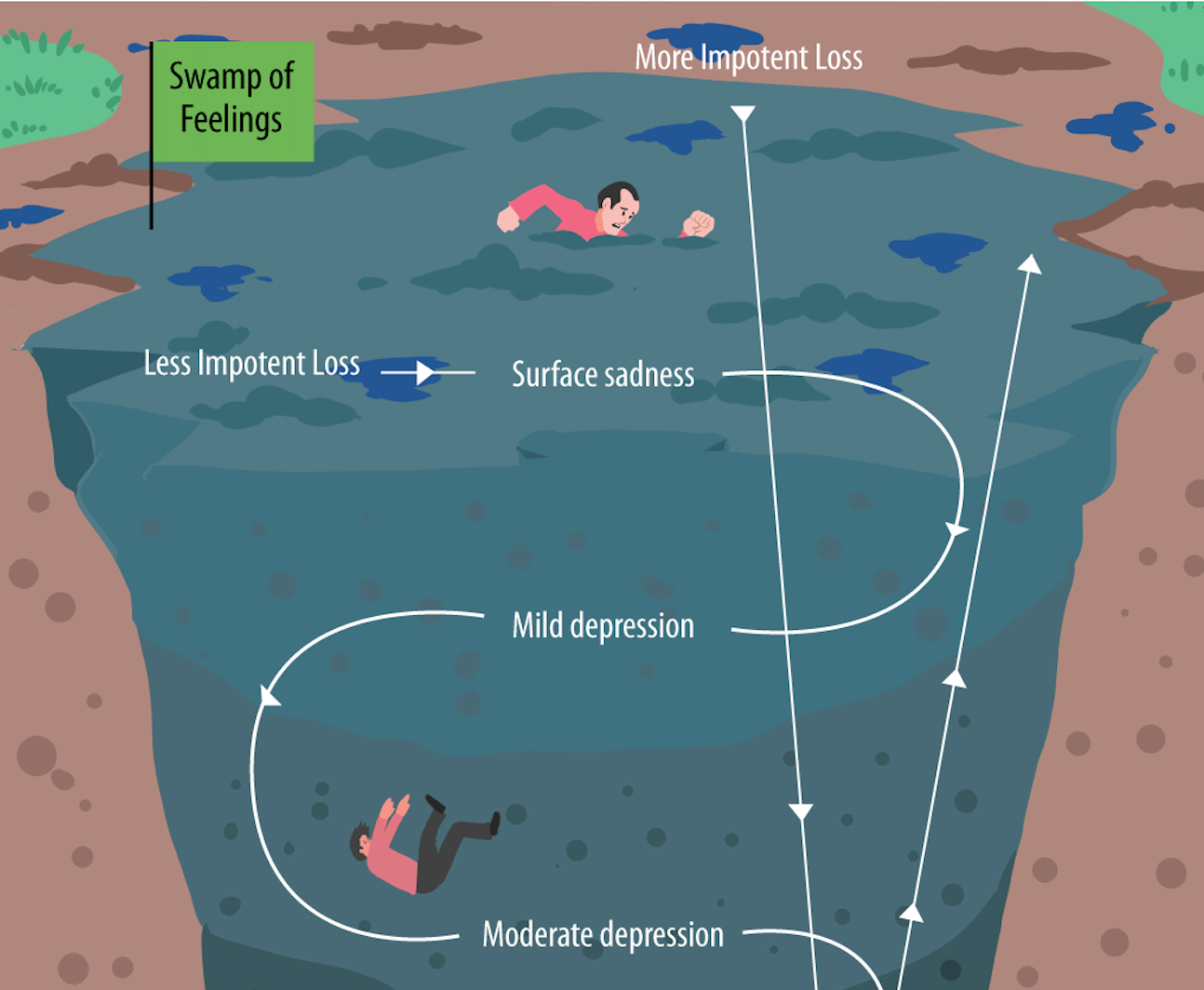
Slide title
When this happens the swamp of feelings can be very deep and very wide. And we might sink into the depths and be swamped by our emotions.
Button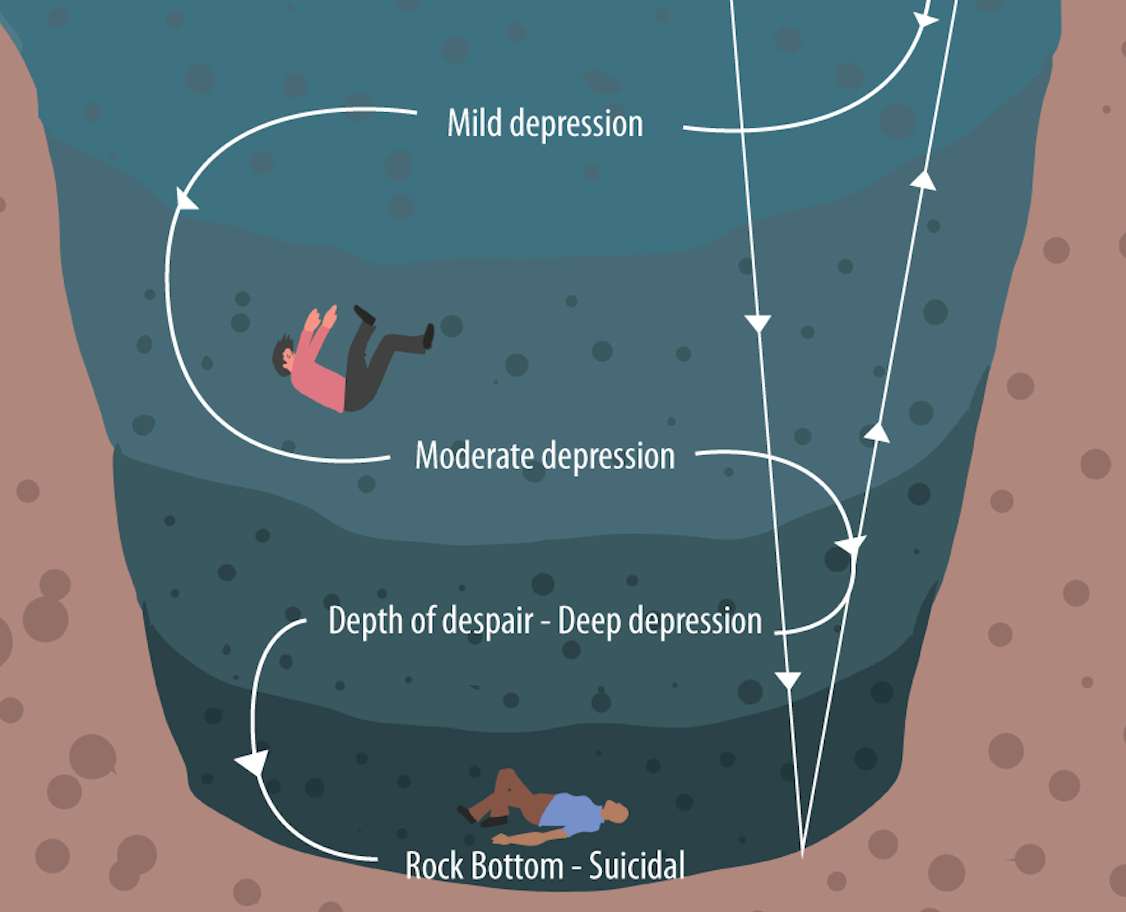
Slide title
Help Seeking is everything if we find ourselves sinking too deep.
Learning a bunch of strategies to get us up to the surface of the swamp of feelings is an essential priority and necessary life skill
Button
Slide title
Reach out, get support, phone a friend, visit your GP. Find the one thing worth living for.
Button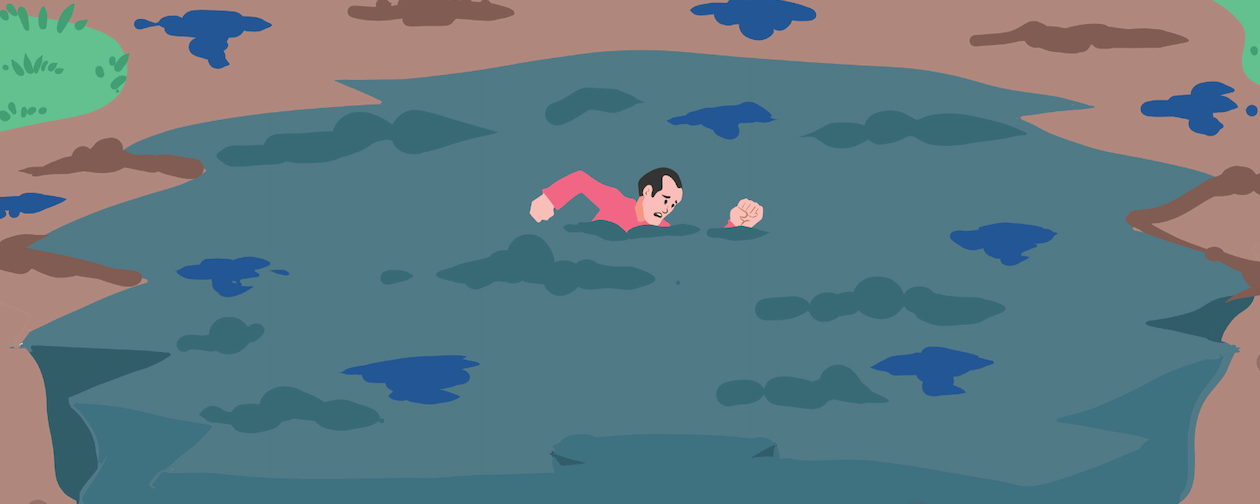
Slide title
Swimming through the swamp of feelings is a difficult, seemingly impossible task. Powerful emotional undercurrents threaten to drown us in chaos and annihilation
Button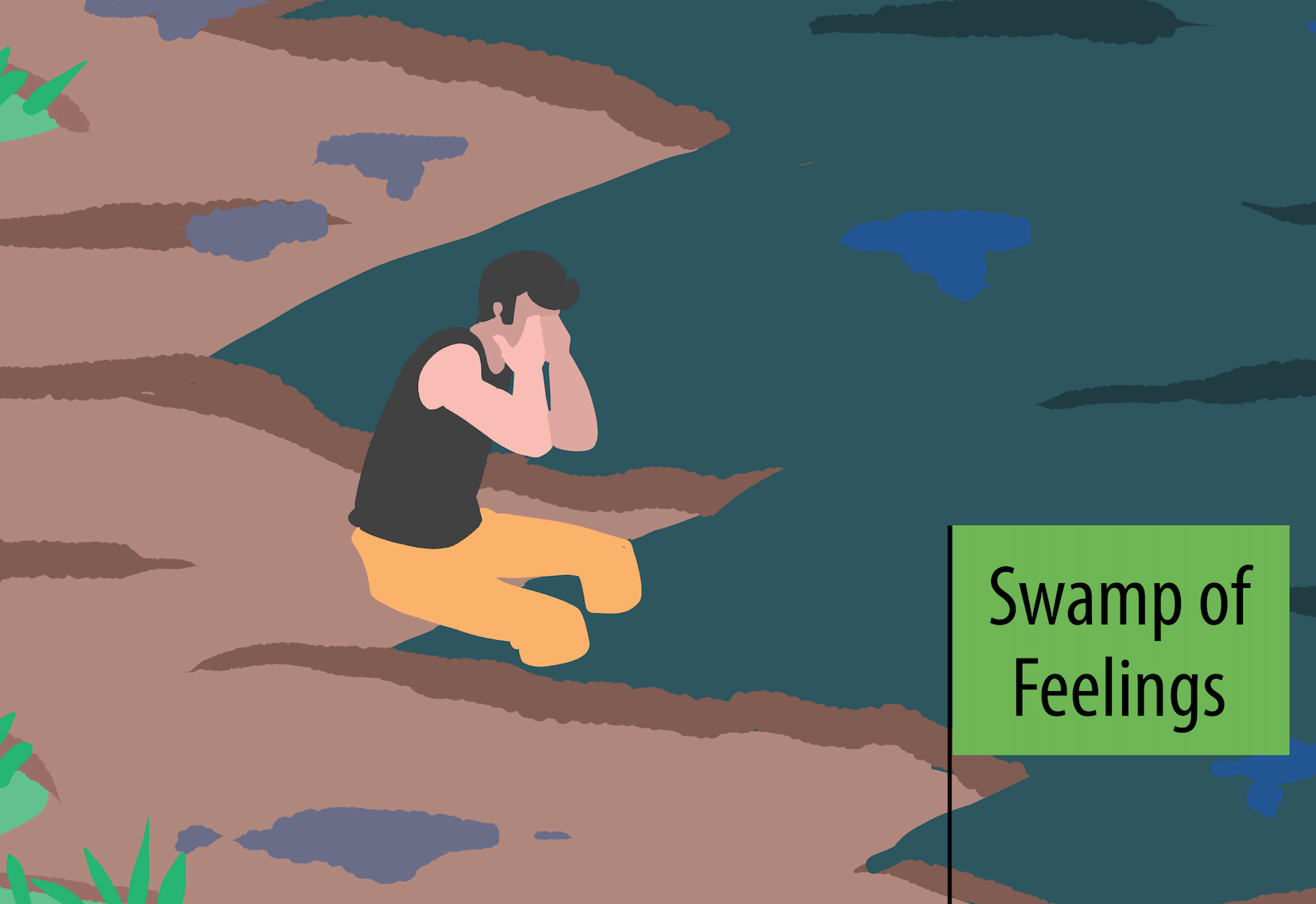
Slide title
Knowing how to swim to the edge and find something solid on which to stand is of paramount importance. Then we can regain our energy and at some stage have the courage to swim across the swamp
Button
Slide title
Some of us will get out of that swamp of feelings at high speed, in order to avoid our frightening and uncomfortable feelings and emotions. It is a scary place to be swamped by your feelings.
Button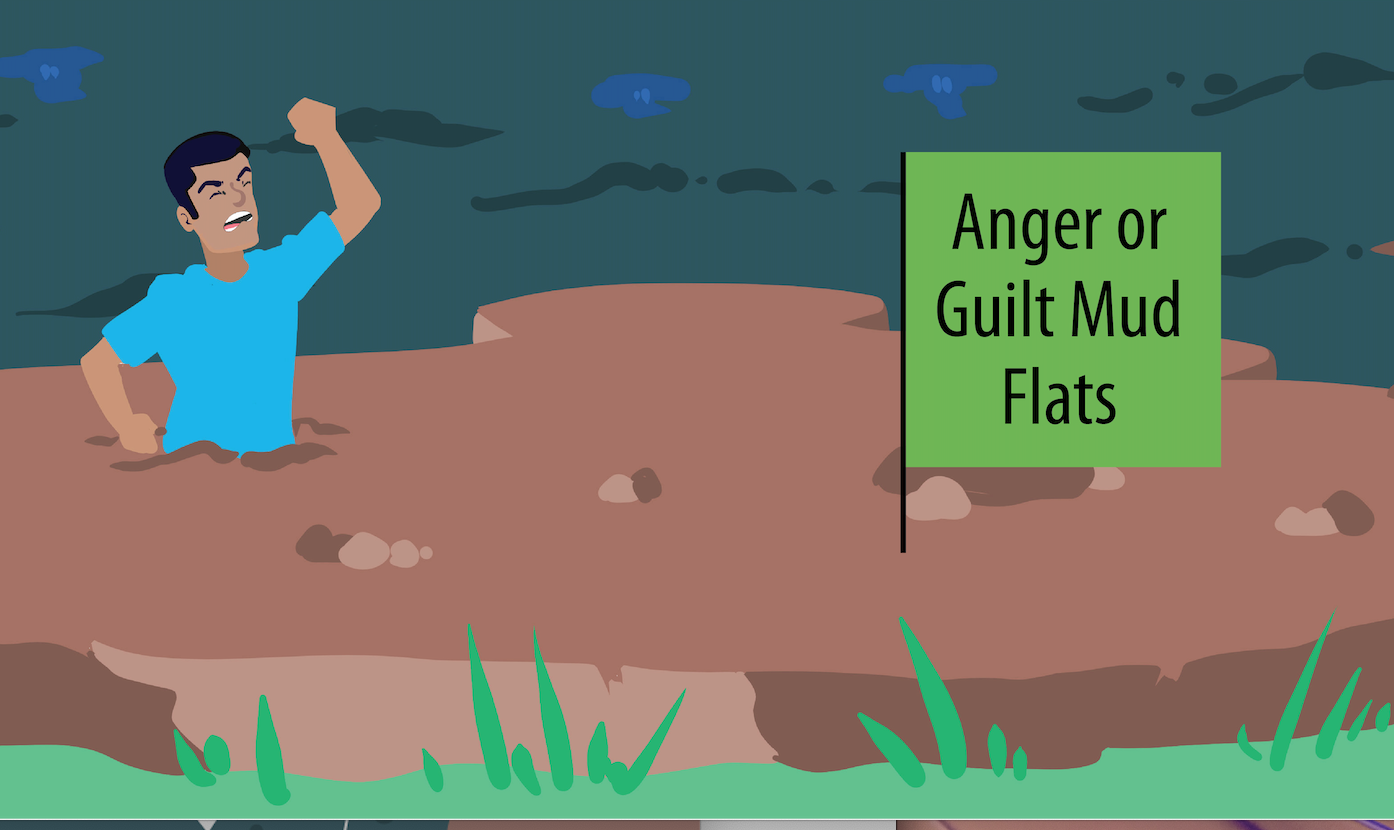
Slide title
Sometimes we get stuck in the anger and guilt mudflats. We seek to blame someone or something for our woes. We sink deeply into muddy emotions and find it difficult to wade our way through them.
Button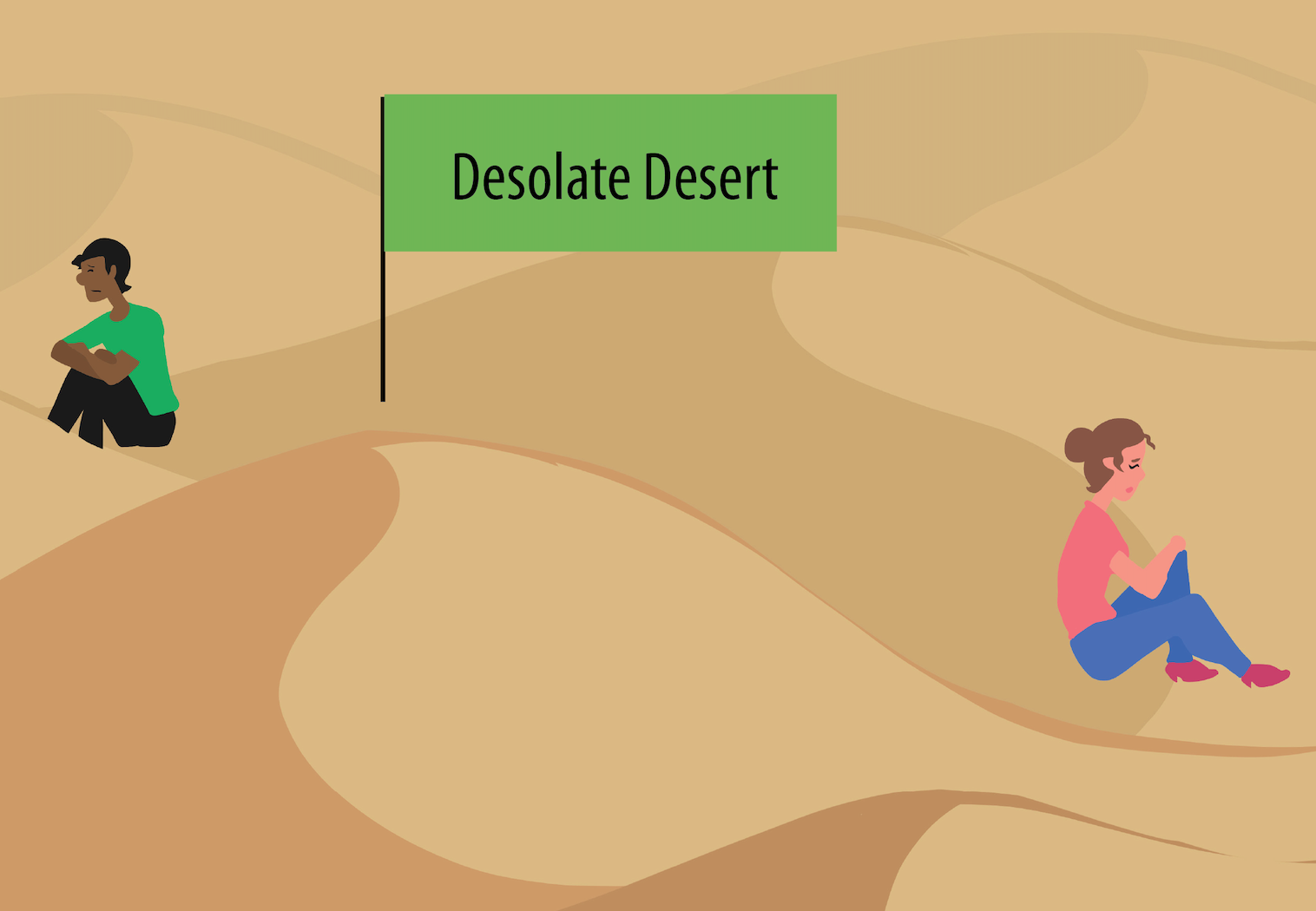
Slide title
If we avoid swimming the swamp and avoid experiencing our feelings and emotions, there is a risk that we will drown our emotions out with alcohol, drugs and other addictions. The worst consequence of this is the desolate desert, where we lose connection and meaning.
Button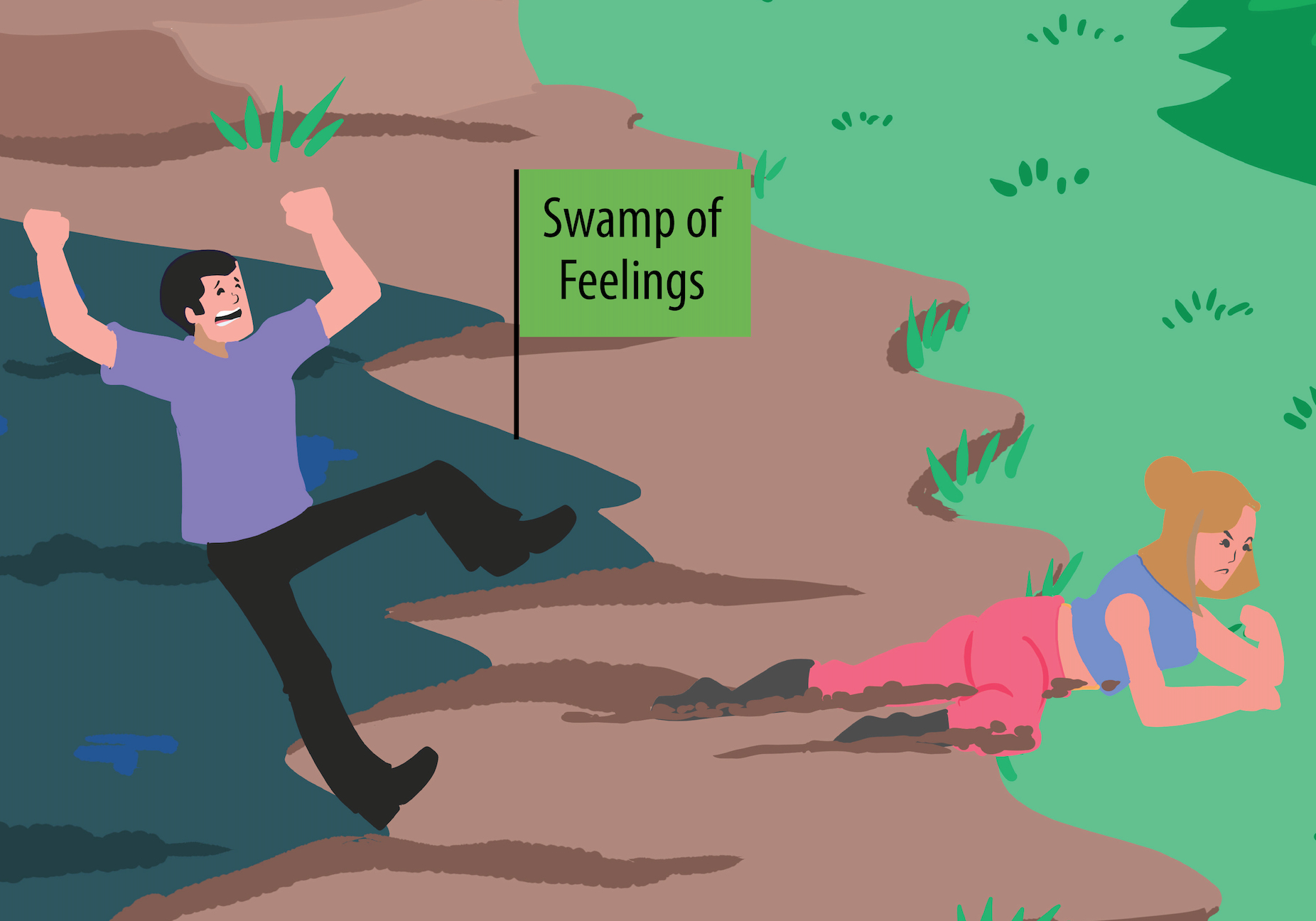
Slide title
Climbing out of the swamp of feelings is no easy task. We are prone to have some good days and then find ourselves being overwhelmed by our emotions again.
Button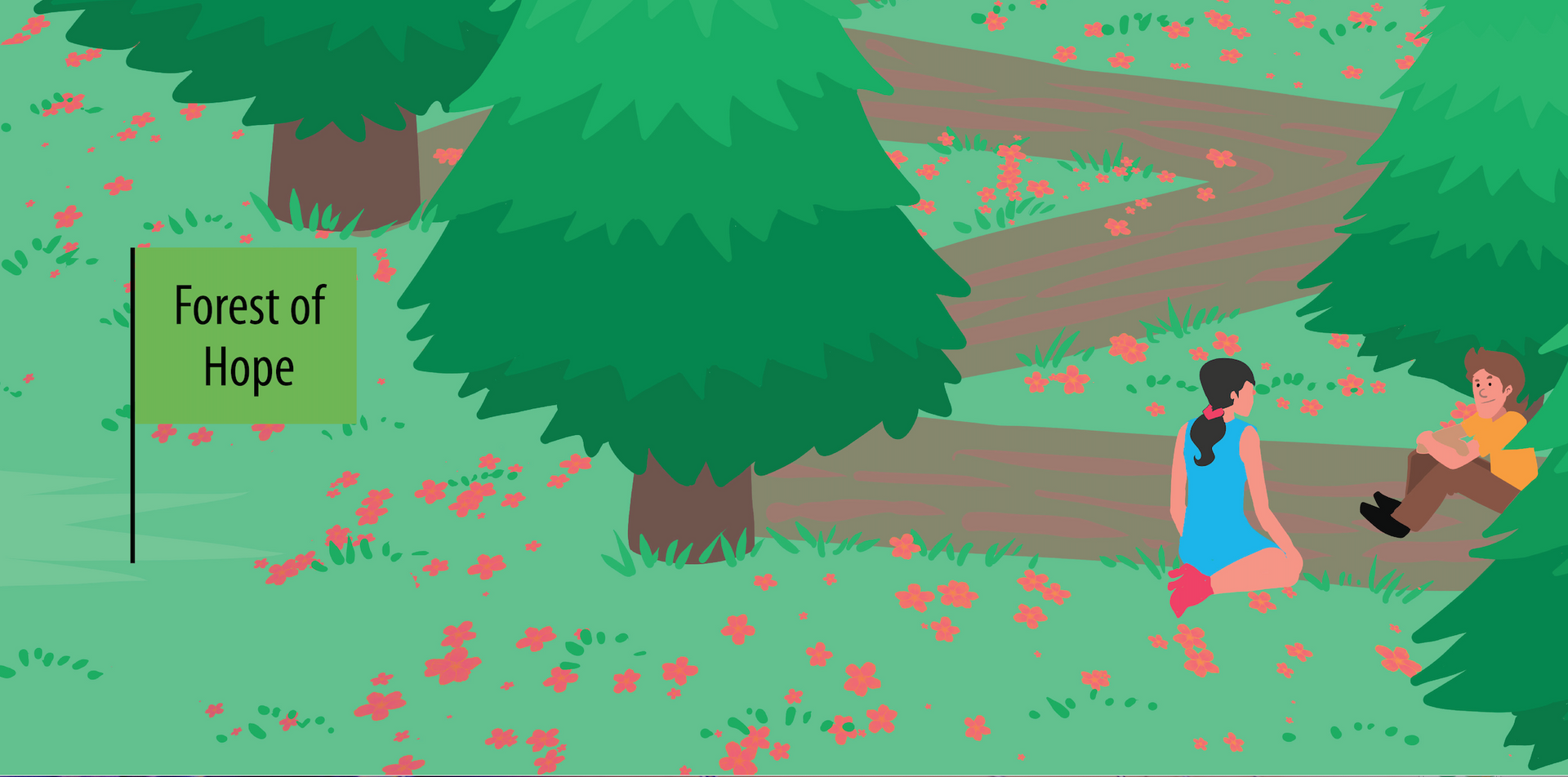
Slide title
Eventually, over time, we will find ourselves in the forest of hope, here we have a chance for some deep rest, reconnect, recover our energy, and to become forward focussed again.
Button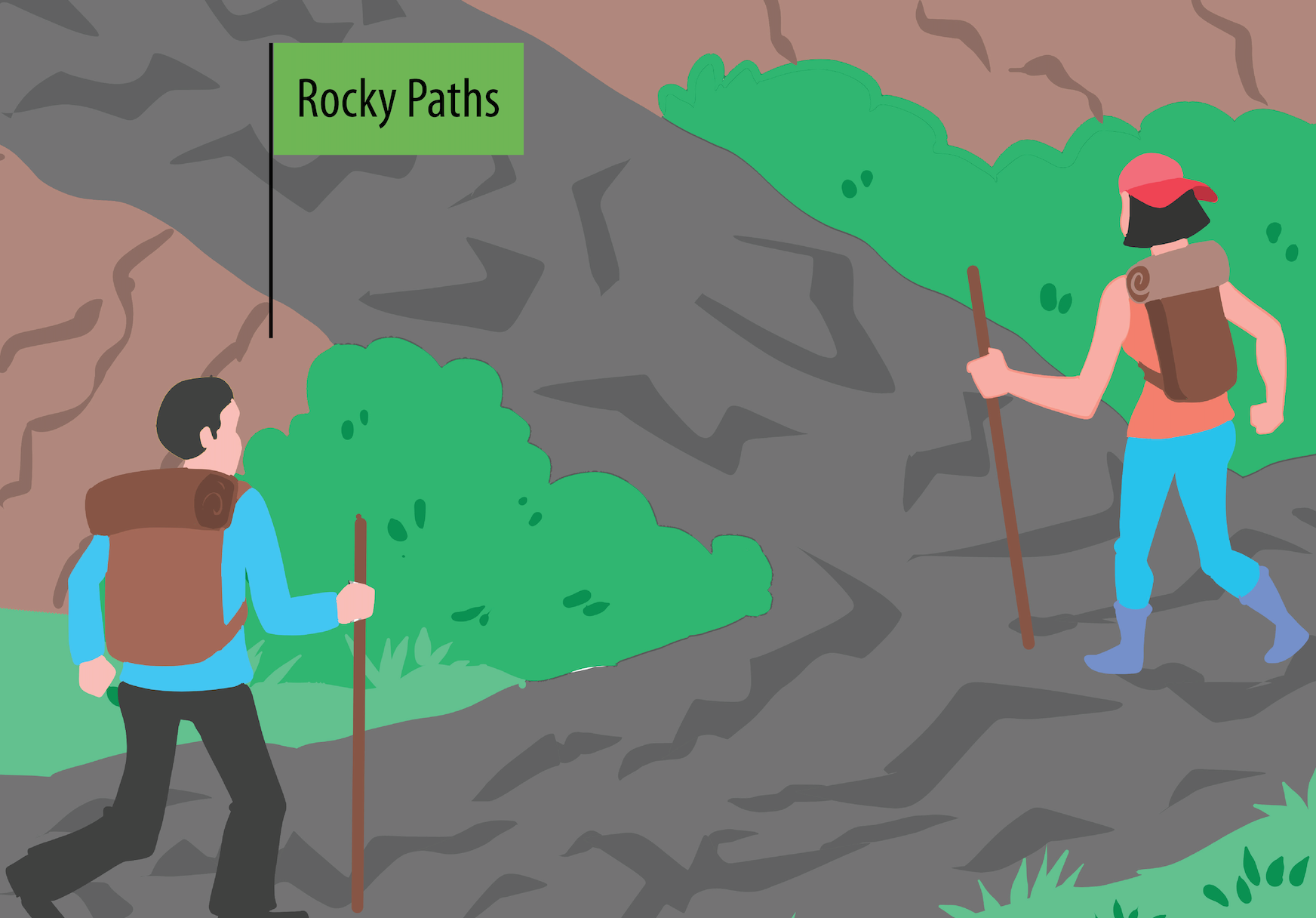
Slide title
The rocky paths represent our ongoing journey in life after being devasted by loss. This phase is about making meaning, trusting and finding our passion and purpose in life again. This is called post-traumatic growth.
Button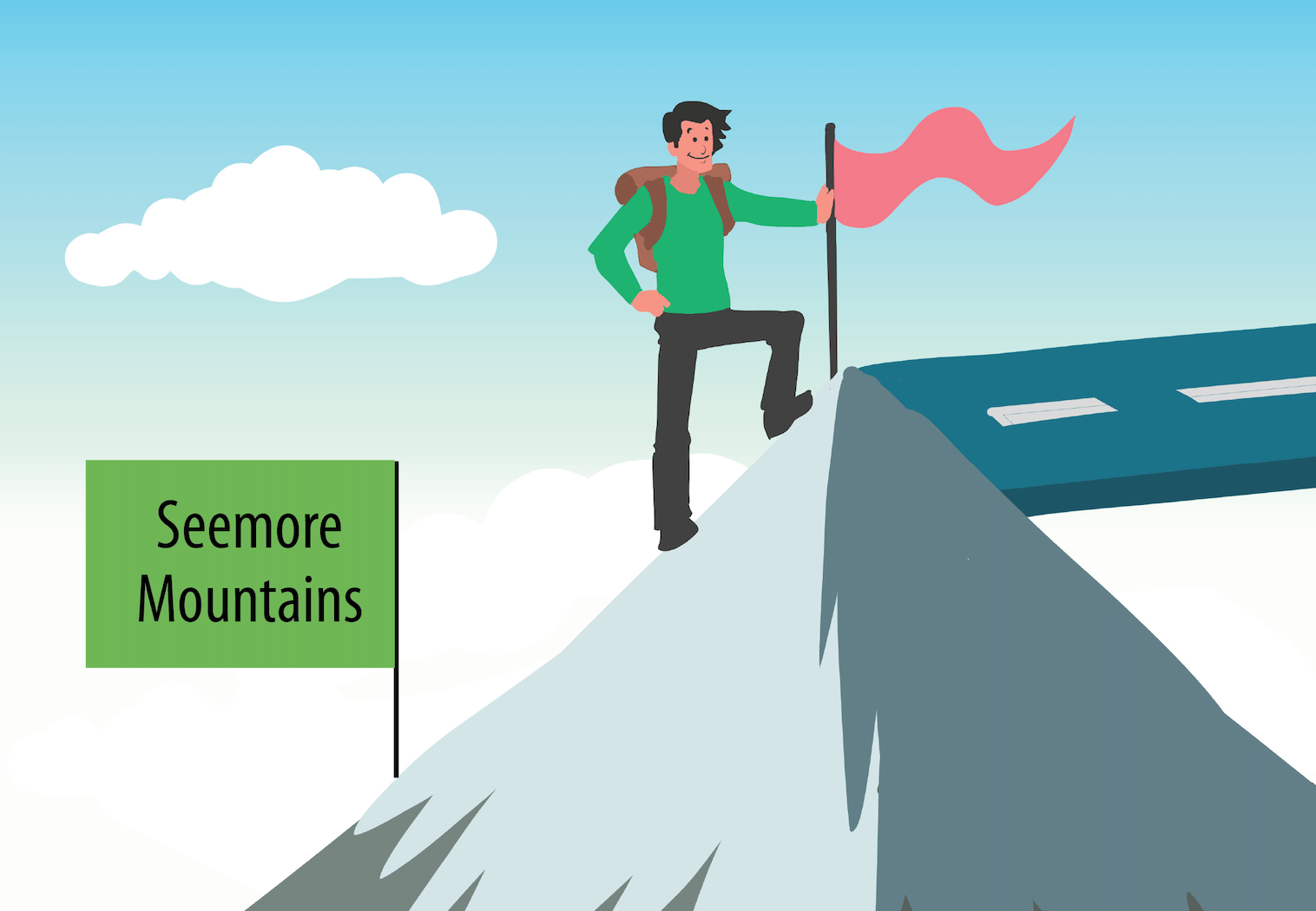
Slide title
When we reach the seemore mountains. We have regained our energy to design and build the life of our choosing. We can create a compelling vision, practice feeling certain we will obtain it, and act relentlessly in pursuit of it.
Button
From the seemore mountains we can choose another relationship highway to travel down, However, if we have done the work, our priorities and values will be different and will will be wiser in choosing new relationships
From the seemore mountains we can choose another relationship highway to travel down. If we have done the work, our priorities and values will be different and will will be wiser in choosing new relationships
Button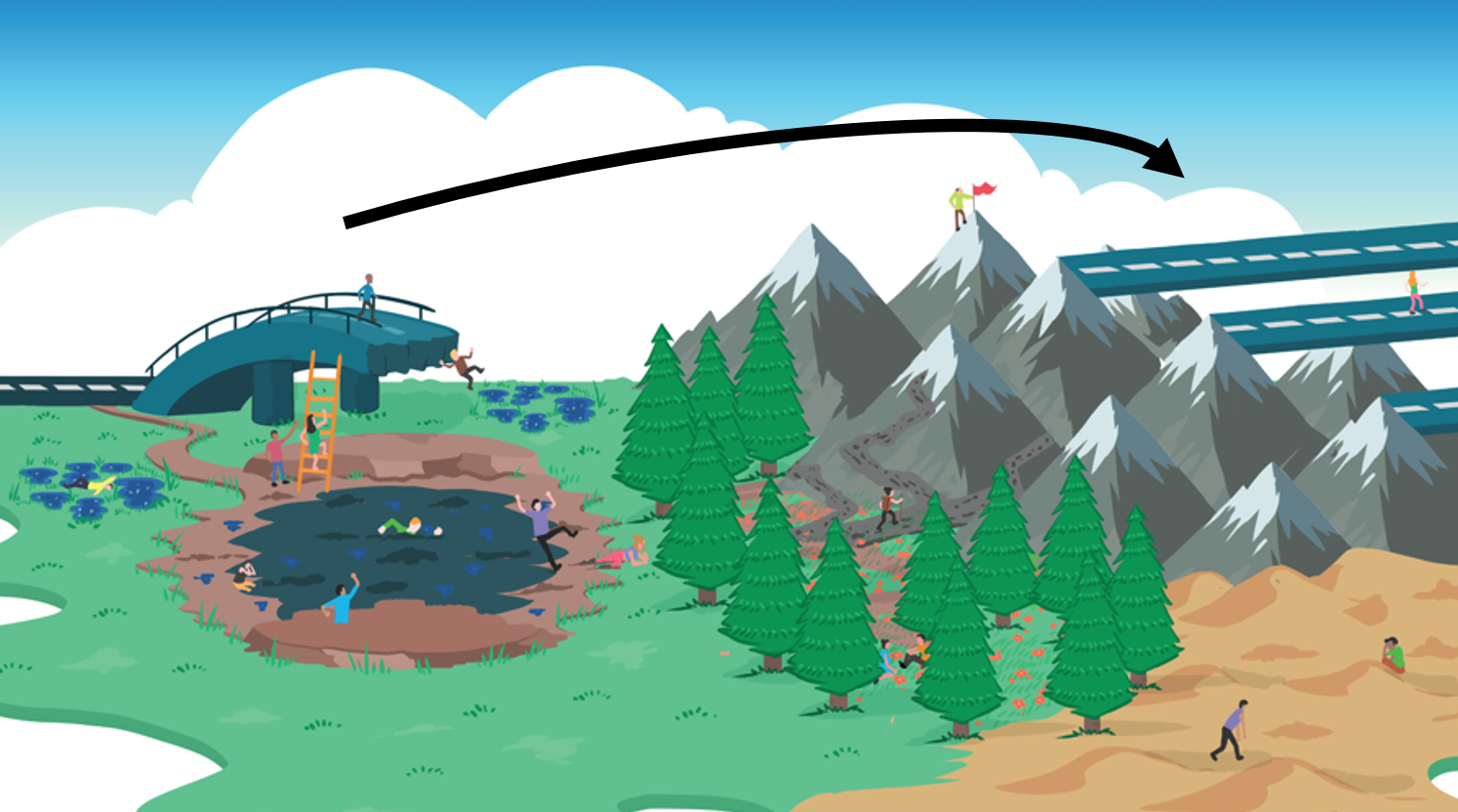
Slide title
Sometimes we bypass this psychological landscape and jump straight into new relationships. That's okay from time to time. But remember that resilience comes from conscious engagement in the journey.
Button
Slide title
We will travel through the swamp many times in our lives. Each time we will learn new skills and we will reclaim lost parts of ourselves that have become stuck in various places on the map. This will give us renewed energy and vigour for life. It is the journey towards wholeness.
Button
Slide title
End of Presentation
Button
If you are interested to explore this further, or have been directed by an SSP Psychologist to do so, complete the reflection below:
My Story
I know it's been a problem
for over half my life
Falling hard off of that broken bridge
and running into strife
I hit the water hard, I did
I hit that water fast
Sinking down into those murky depths
How long would this thing last?
Fairly knocked out me front teeth, it did
Ruining my winning smile
How could I learn to trust me self?
To run a healthy mile
Something, it got trapped in me
Like an icy daggers sting
From time to time, it haunted me
With the memories it would bring
Up and down, I’ve travelled life
Through mountains and through dales
It took a lot of energy
To drop away the scales
Now I’m back, I’ve learned a lot
Hard won on the trail
I can see more clearly now
Not so scared to fail
Time is in the telling and
Stories I’ve got a few
If you care to take the time
I’ll tell some of them to you
I ain’t scared no more
You can think what you like
It’s gonna take a whole lot more
To give me such a fright
Thanks for listening to my tale
I hope that you can see
Something shared between us
The way that life can be
We’ve all got reasons to be scared
Overwhelmed by big emotions
Swimming through that big old swamp
As deep and wide as oceans
Remember that we’ve got the strength
From swimming there before
Now we know the territory
Adventure – We’ll want more
(Stuart McKenzie 2021)

